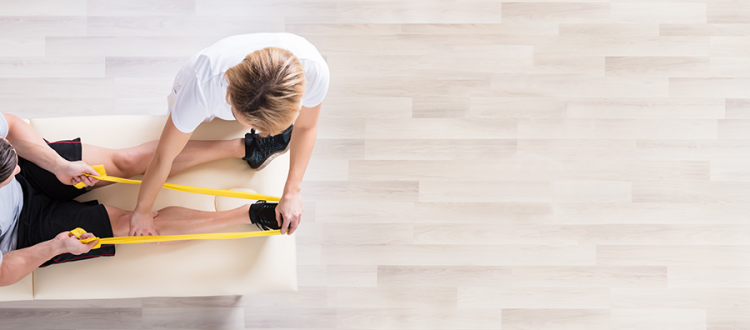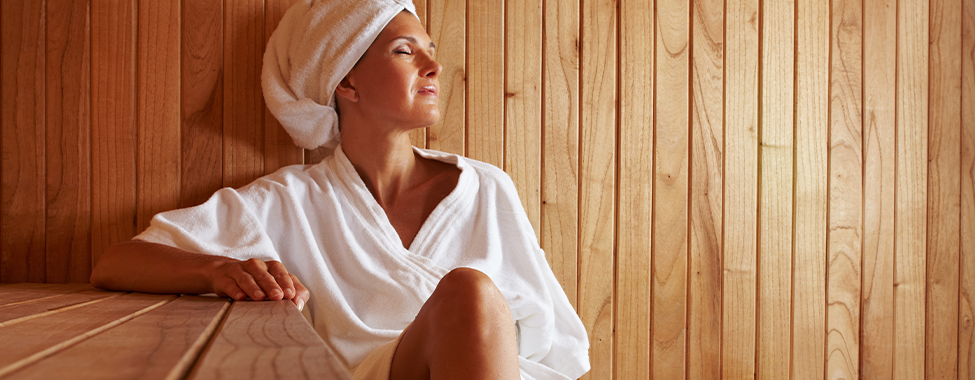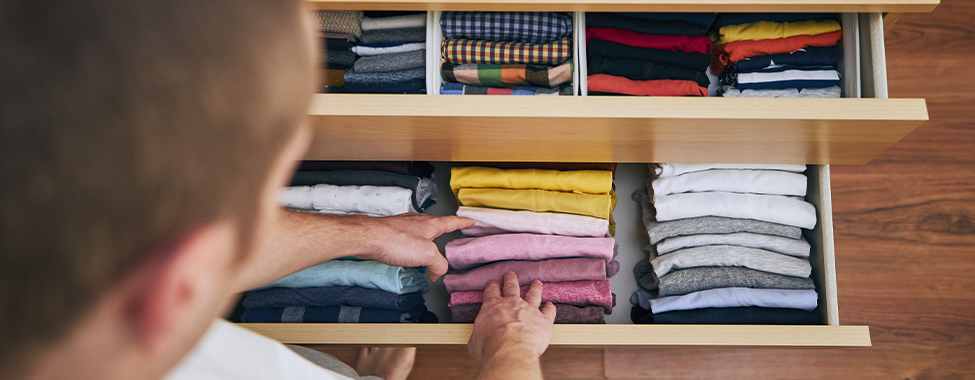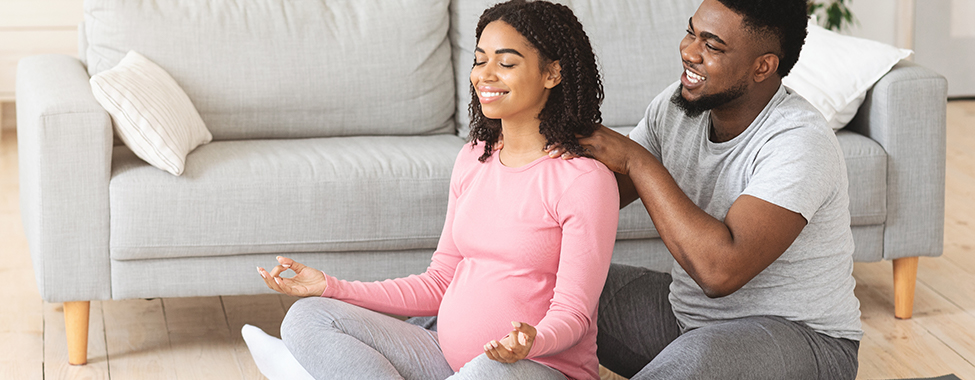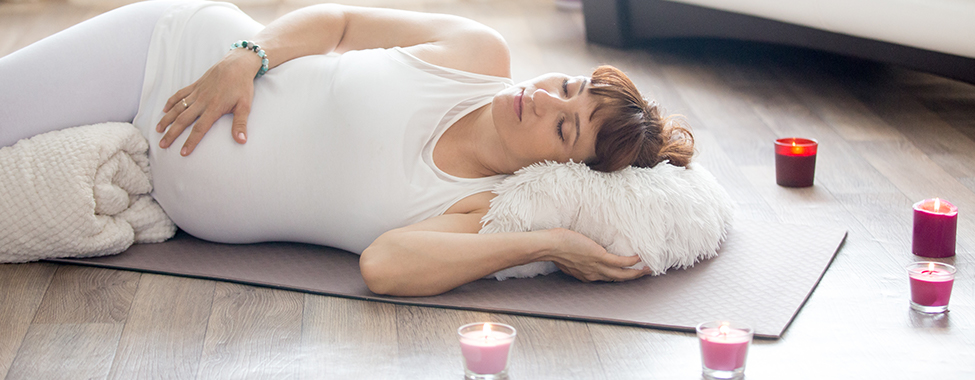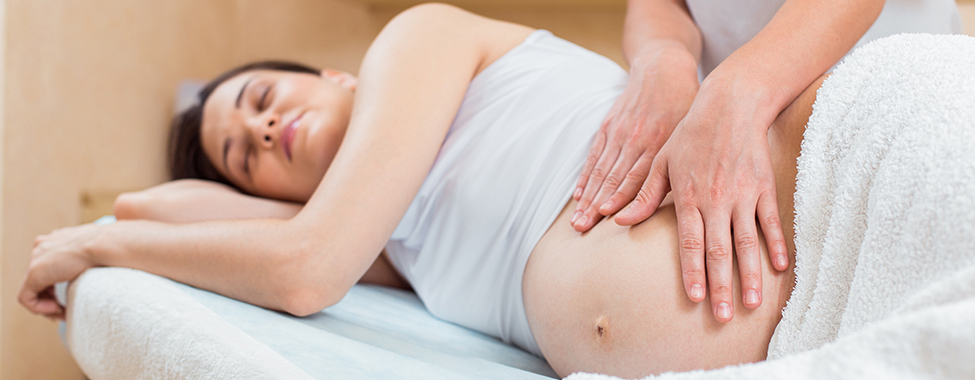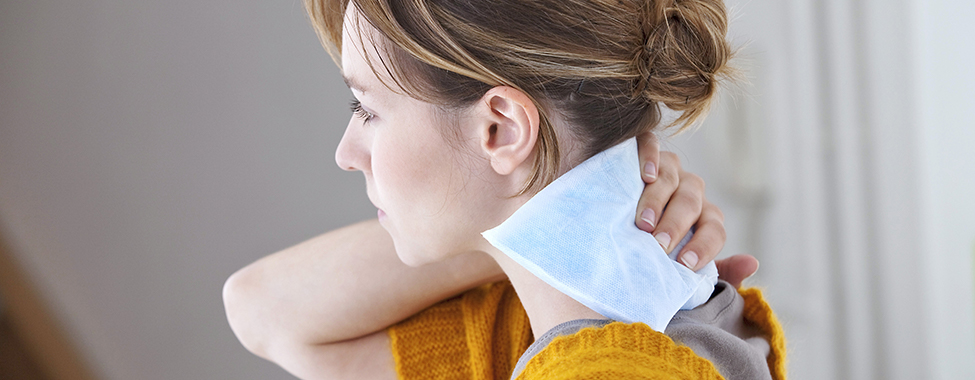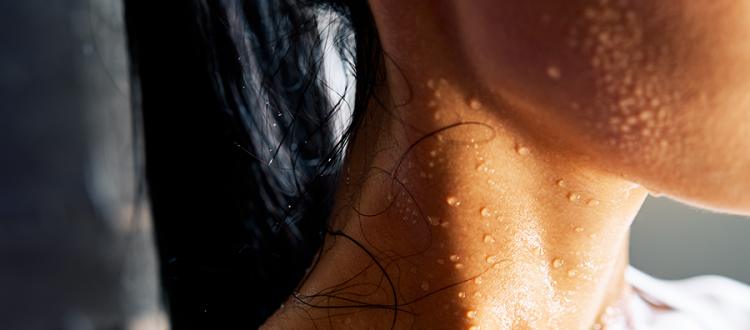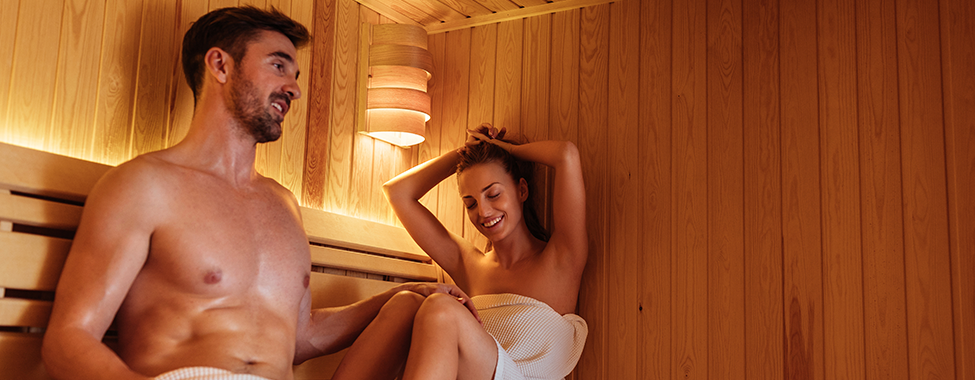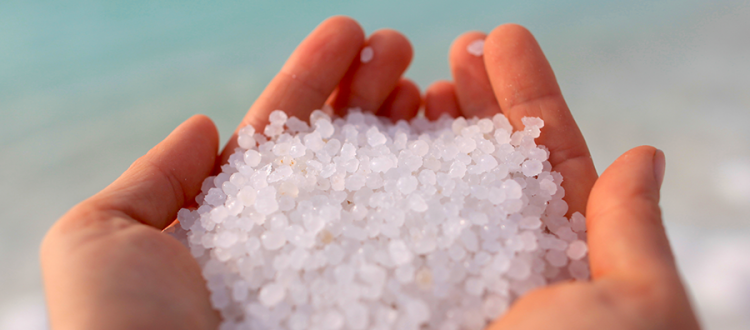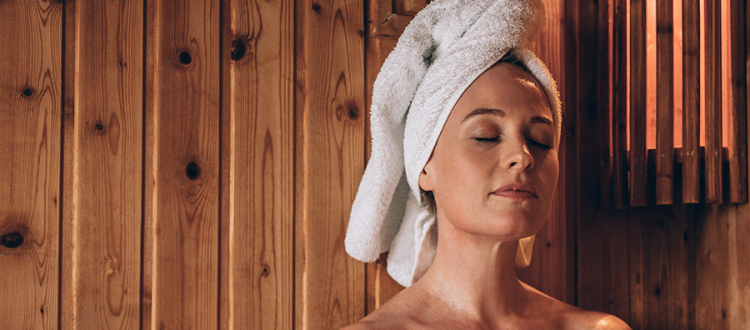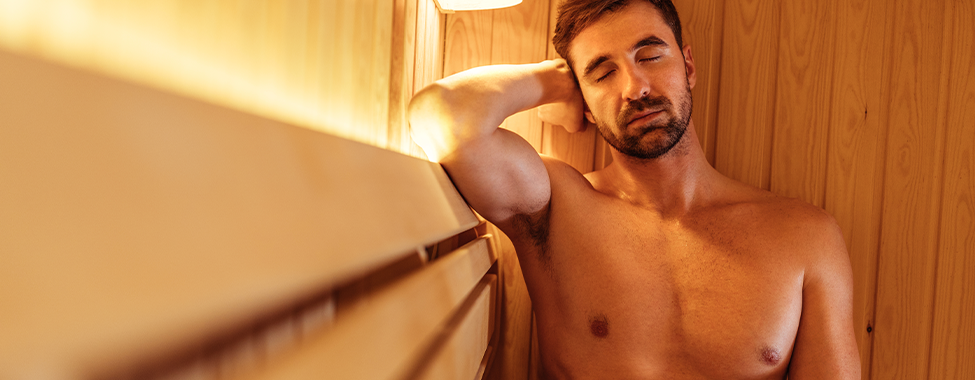During this day and age, for many of us the lines between work, play, and personal time have started to blur. With everything merging into one, burnout happens to the best of us. Working from home, disrupted routines, and the overall business of the world can lead to stress, uncertainty, and fatigue. Luckily, putting a focus on your mental health can help you learn new habits that will improve your wellbeing in the future. Learn about burnout and find ways to avoid it, or how to recover from it, below.

What is Burnout?
Burnout is a state of emotional, physical, and mental exhaustion. It can affect anyone and is namely caused by excessive and prolonged stress. Burnout can be caused by personal or professional stress and is often exasperated when you feel overwhelmed, emotionally drained, and unable to meet constant demands. General symptoms of burnout include:
- Lower resistance to illness
- Pessimistic outlook on work or life
- Physical, mental, and emotional exhaustion
- Irritability and behavior changes
- Demotivation and detachment from your work
- Depleted energy levels
- Detachment in personal relationships
- Lower productivity
The 5 Stages of Burnout
Burnout can affect anyone, at any time in their lives. However, burnout is most common in people between the ages of 25 and 44. As with any illness, symptoms of burnout change from person to person, however these five stages are commonly observed:
Stage 1: Honeymoon Phase
When we undertake a new task, we often start by experiencing high satisfaction, commitment, energy, and creativity. In this first phase of burnout, you may begin to experience predicted stresses of life, so it’s important to start implementing positive coping strategies, such as taking practical steps in your job or prioritising your mental health. The theory is that if we create good coping strategies at this stage, we can continue in the honeymoon phase indefinitely. Common symptoms include:
- Job satisfaction
- Readily accepting responsibility
- Sustained energy levels
- Unbridled optimism
- Commitment to the job at hand
- Compulsion to prove oneself
- Free-flowing creativity
- High productivity levels
Stage 2: Awakening
The second stage of burnout begins with an awareness of some days being more difficult than others. You may find your optimism waning, as well as notice common stress symptoms affecting you physically, mentally, or emotionally. Common symptoms include:
- High blood pressure
- Inability to focus
- Irritability
- Job dissatisfaction
- Reduced sleep quality
- Lack of social interaction
- Lower productivity
- Unusual heart rhythms
- Anxiety
- Avoidance of decision making
- Change in appetite or diet
- Fatigue
- Forgetfulness
- General neglect of personal needs
- Grinding your teeth at night
- Headaches
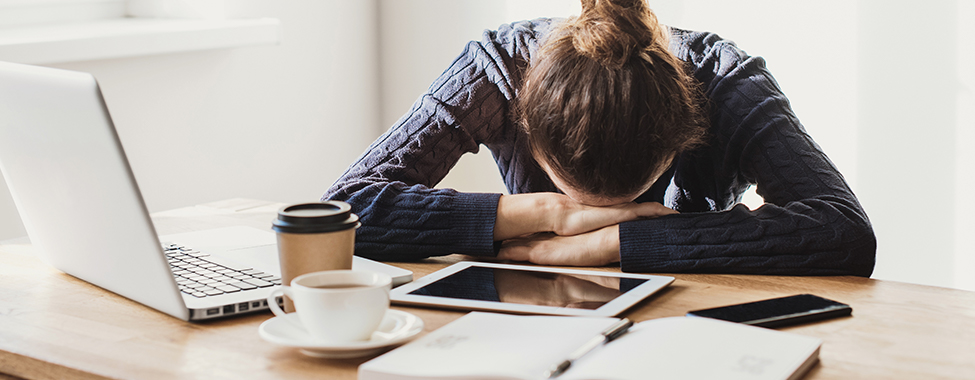
Stage 3: Chronic Stress
The third stage of burnout is chronic stress. This is a marked change in your stress levels, going from motivation, to experiencing stress on an incredibly frequent basis. You may also experience more intense symptoms than those of stage two. Common symptoms include:
- Lack of hobbies
- Missed work deadlines and/or targets
- Persistent tiredness
- Physical illness
- Procrastination at work and at home
- Repeated lateness for work
- Resentfulness
- Withdrawal from relationships
- Uptake of escapist activities
- Anger or aggressive behavior
- Apathy
- Denial of problems at work or at home
- Feeling threatened or panicked
- Feeling pressured or out of control
- Increased alcohol/drug consumption
- Increased caffeine consumption
Stage 4: Burnout
Entering stage four of burnout is where symptoms become critical. When burnout is talked about more generally, this is the stage that is often referred to. Continuing as normal is often not possible, and it’s key that you seek intervention. Common symptoms include:
- Having an escapist mentality
- Feeling empty inside
- Obsession over problems
- Pessimistic outlook on work and life
- Self-doubt
- Social isolation
- Chronic headaches and stomach problems
- Complete neglect of personal needs
- Desire to “drop out” of society
- Desire to move away from obligations
Stage 5: Habitual Burnout
The final stage of burnout is habitual burnout. This means that the symptoms of burnout are so embedded in your life that you are likely to experience a significant physical or emotional problem, as opposed to occasionally experiencing stress or burnout. Common symptoms include:
- Chronic sadness
- Depression
- Chronic mental fatigue
- Chronic physical fatigue

How to Deal with Burnout
Burnout Recovery Tips
Accept Help when Needed: One of the big symptoms of burnout is social withdrawal. When recovering, make an effort to open the door to help when needed. Whether it’s through coworkers, friends, or counselling, using your resources and accepting help when needed can help relieve stress and improve your situation.
List Things that Overwhelm You: It can be easy to get lost in worrying about the things in life that are overwhelming. Instead of letting these thoughts take control, make a list of the things that are on your mind. This will help you visualize what is happening and better focus on what you can do to find solutions.
Set Boundaries: Burnout is easy to achieve when you’ve spread yourself too thin. Set boundaries for yourself, especially during a time of burnout recovery, so you can give yourself the adequate space to feel better while putting better habits into place to avoid burnout in the future. It is okay to say no, especially when it comes to your health.
Focus on Your Capabilities: Don’t let the symptoms of burnout make you feel like you aren’t capable of achieving things. Focusing on your capabilities highlights your strengths. If you are recovering from burnout, try to only take on tasks that you know you can achieve and feel confident in to boost your confidence and motivation.
Understand Your Weaknesses: Your weaknesses are an important factor in burnout recovery. Instead of beating yourself up over them, take time to remember that weaknesses are not failures and are instead a chance to continue growing. Don’t commit yourself to tasks that make you feel frustrated or underprepared – both feelings can further burnout.

5 Ways to Avoid Burnout
Meditate: Burnout is felt heavily in the mind, and meditation might be just what you need to help quiet it. By learning how to meditate, you can learn how to manage your thoughts and feelings before they become negative. Pair meditation with breathing exercises or time in an infrared sauna for a full mental reset to really avoid burnout in the future.
Exercise: Getting active in any way is a proven way to help reduce stress and avoid burnout. If you find yourself getting in a rut or feeling overwhelmed, simply get your body moving and your blood pumping. Not only does this help your overall health, it also is a great mood booster and distraction from whatever might be on your mind.
Make Time for Yourself: As mentioned earlier, burnout often happens when you spread yourself too thin. Dedicating your time to work, relationships, and other external factors can become draining. Block out time for yourself every day, even if it’s just for 15 minutes. We highly recommend a home spa day to create an escape and truly pamper yourself.
Allow Yourself to Unplug: Constantly being plugged in can take a real toll on your mental health. Whether it’s work emails always on your phone or the need to check social media, looking at a screen doesn’t allow you to take a break from continually being engaged with a screen. Give yourself time often to unplug and give your eyes and mind a break.
Establish a Support System: Having people on your side can definitely make a lasting impact on avoiding burnout. Your support system will help lift you up when needed and staying social can be a distraction from the other things in life that might be overwhelming. As overplayed as it may be, we’re all in this together. Strong relationships truly help.
Burnout is a very real experience many are having today. Try to take the steps to avoid burnout and make it a large priority of yours to put a focus on your mental and emotional health. Make time for yourself, praise yourself for your wins, and form a support system that can help you through the tougher times.
If you are feeling overwhelmed or stressed, it is totally understandable – it can happen to the best of us. However, if it ever extends past the one-off stressful days and develops into a desire to withdraw from life, reach out to a professional to determine how to get you on the road to burnout recovery.
 Canada
Canada Australia
Australia New Zealand
New Zealand Malaysia
Malaysia China
China



